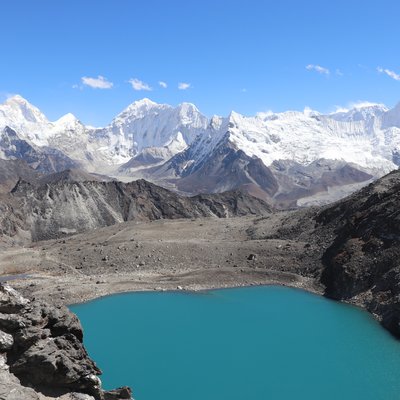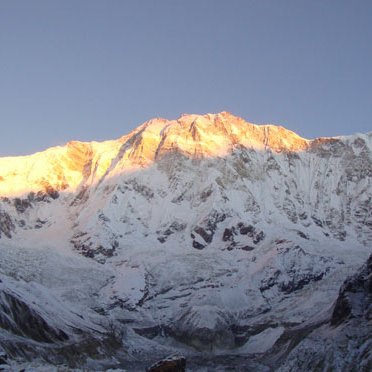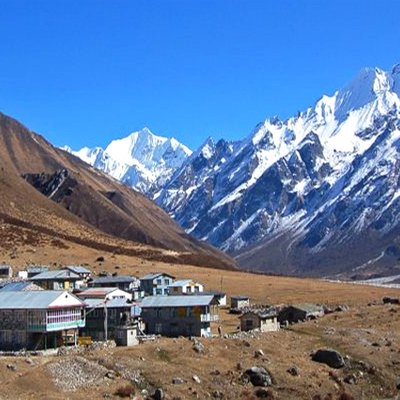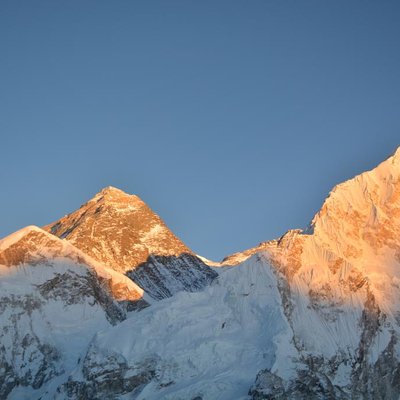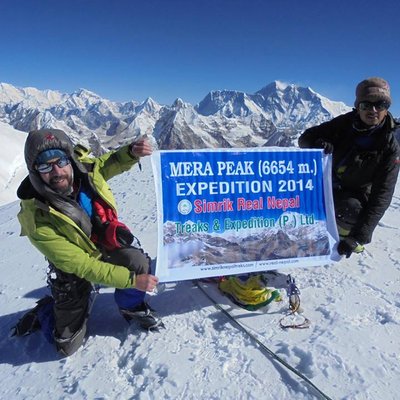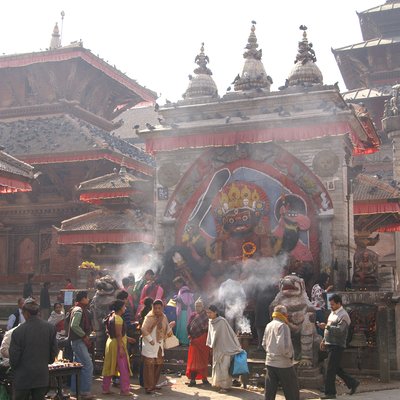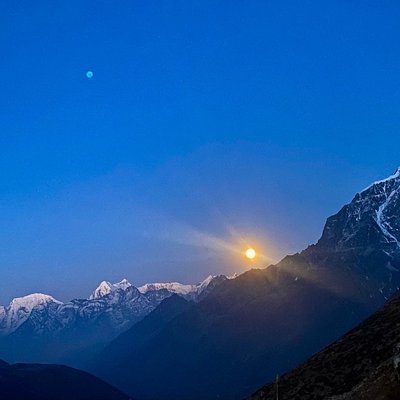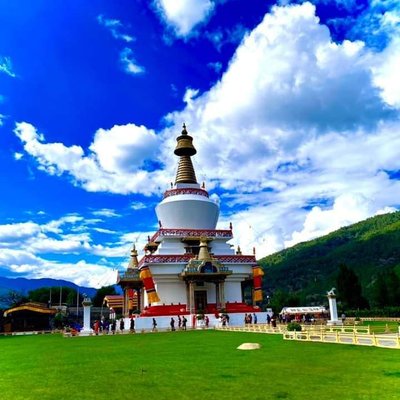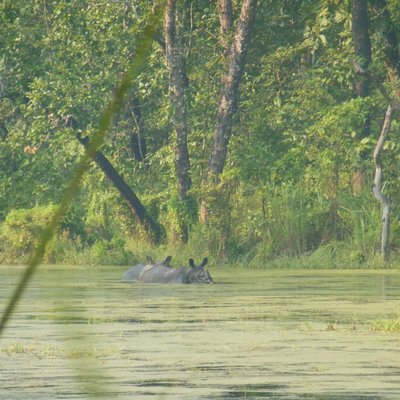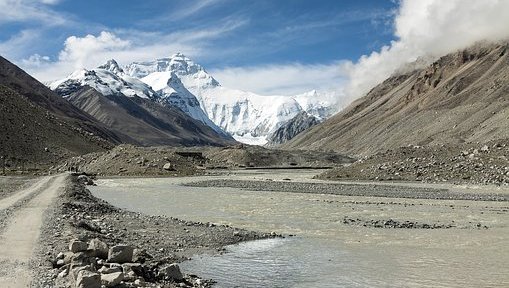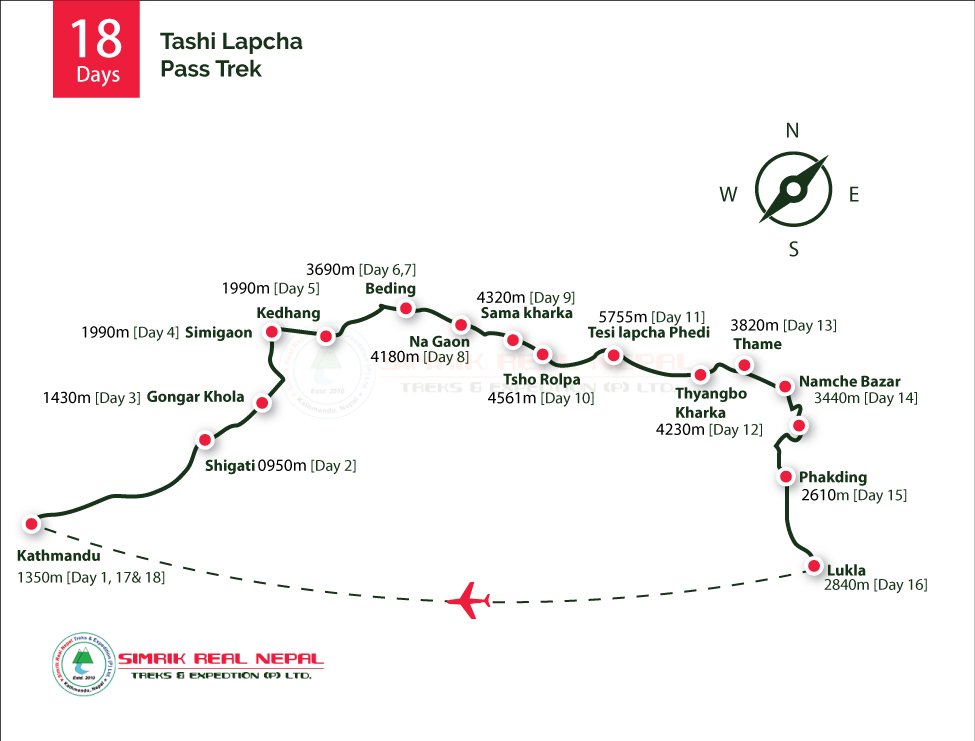Tashi Lapcha Pass Trek|A Remote High-Pass Odyssey from Rolwaling to Everest
Embark on a once-in-a-lifetime Himalayan adventure through the wild and remote Tashi Lapcha Pass Trek—one of Nepal’s most challenging and awe-inspiring Trek experiences. This exhilarating trail connects the mystical Rolwaling Valley to the legendary Khumbu region, crossing the dramatic Tashi Lapcha Pass at 5,755 meters, where serenity, solitude, and raw natural power converge. Ideal for seasoned trekkers and wilderness enthusiasts, this expedition-style journey reveals a rich mosaic of alpine landscapes, traditional Sherpa settlements, glacial lakes, and mythical legends from deep within the Himalayas.
Traverse the pristine Rolwaling Gorge, often referred to as “The Grave” in the local Sherpa dialect, due to its secluded and dramatic terrain. Witness panoramic views of Gauri Shankar, Pharchamo Peak, Dorje Lakpa, Yalung Ri, and the rarely seen Rolwaling Himal. Explore high-altitude landmarks such as Tsho Rolpa Lake, creaking glaciers, and the breathtaking glacial amphitheater near the pass. Immerse yourself in the time-honored Sherpa culture—from hillside hamlets to centuries-old Buddhist monasteries nestled in tranquil mountain settings. Experience rare solitude and spiritual tranquility, far from the crowded trails of the Everest Base Camp route.
At Simrik Nepal Treks, we bring two decades of experience guiding trekkers across Nepal’s most iconic and least-traveled paths. Our team combines local knowledge, safety-first expedition planning, and authentic Himalayan hospitality—ensuring that every step of your Tashi Lapcha adventure is secure, meaningful, and unforgettable. Expert local guides with deep cultural insight and high-altitude navigation skills. Customized itineraries tailored to your fitness level and personal interests. Responsible trekking practices that promote eco-sustainability
Tashi Lapcha Pass Trek|A Glacier Expedition Beyond Everest
The Rolwaling Gorge, across which the Tashi Lapcha Pass Trekking trail passes, means 'The Grave' in the local Sherpa language. It was given this name because of its position deep in the vertical ice structures of the Everest region trek on the Tashi Lapcha Pass Trekking trail. The Tashi Lapcha Pass Trekking trail allows magnificent views of Mt. Dorje Lakpa, Pharchamo Peak, Mts. Rolwaling Himal, Gaurishankar, Chobabhamre, and Yalung Ri. The Tashi Lapcha Pass is the centre point of the Tashi Lapcha Pass Trekking trail. Gaurishankar Himal, Yalung Ri, Chobabhamre, Dorje Lakpa, Pharchamo Peak, stunning glacier crossings, traditional Sherpa villages, and ancient Buddhist monasteries are the major attractions of the Nepal high pass trek. Take on Nepal’s premier high-altitude expedition: technical glacier crossings, deep mountain solitude & Sherpa heritage on the Tashi Lapcha Pass Trek.
Beyond the physical challenge, this trek offers a mystical journey into Himalayan folklore. The Rolwaling Valley is widely believed to be the legendary home of the Yeti—the enigmatic snow creature whispered about for generations. According to Sherpa legends, Yetis are guardians of the high trails, occasionally appearing to guide lost souls through the wilderness.nThe trail from Tsho Rolpa to Thame, where the Rolwaling region merges with the Everest realm, resonates with myth and meditative stillness. For many, this is more than a trek—it’s a soulful passage through ancient beliefs, highland wisdom, and raw natural beauty.
Myths on the Tashi Lapcha Pass Trekking Trail
Unable to fully describe what a full-grown Yeti looks like, many Sherpas found on the Tashi Lapcha Pass Trekking trail simply relate their belief that the Yeti was a special creature of the gods. Some will even maintain that Yetis are sometimes revealed to Tashi Lapcha Pass Trekking trail adventurers who are lost. This is so that they may not be discouraged on the Tashi Lapcha Pass Trekking trail. Indeed, it is a fact that most adventurers on the Tashi Lapcha Pass Trekking trail in the past have claimed to have seen a man-like creature ambling through the region. They were themselves trekking through the Tashi Lapcha Pass Trekking trail. Venture into the mystical Himalayas on the Tashi Lapcha Pass Trek linking Rolwaling to Khumbu. Discover glaciers, Sherpa culture & the legendary Yeti's trail. Trekking the Tashi Lapcha Pass is more than just a physical challenge it's a journey through myth, mountain culture, and Himalayan wilderness. Whether you're chasing adventure or intrigued by Yeti legends, this trek offers something truly extraordinary. The Tashi Lapcha Pass Trek is a peaceful area that inspires thoughts of otherworldly wisdom and meditation. It is no wonder that so many ancient monasteries are situated in Tsho Rolpa Lake Trek area the Nepal adventure trekking.
